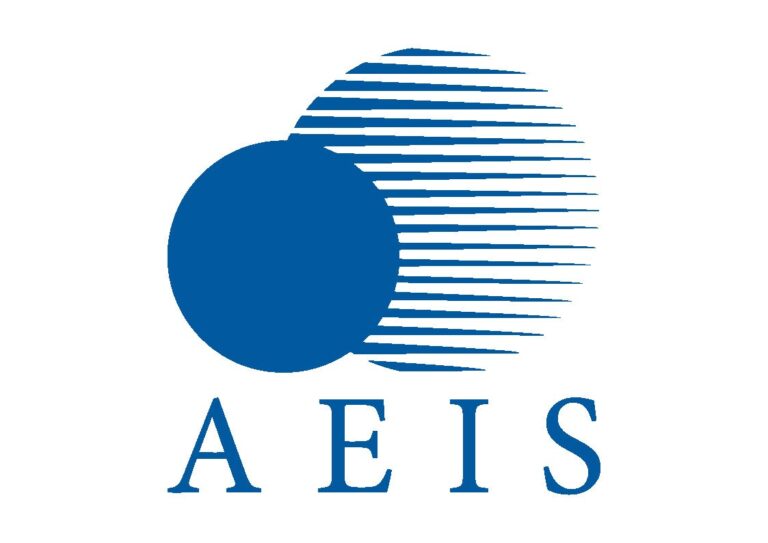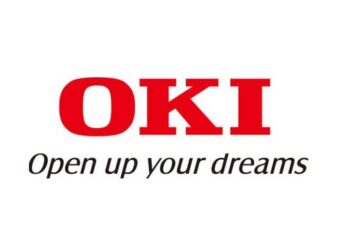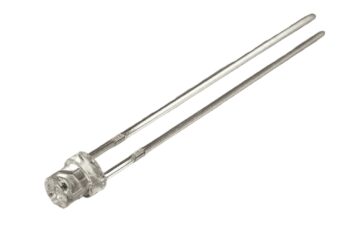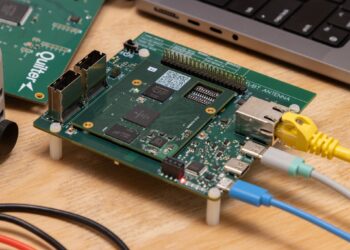By Anamika Sahu, Editor-in-Chief
It is predicted that the global AVoIP market will grow profoundly between 2021 to 2027. Especially the low-latency AVoIP solutions is witnessing an increase in demand as more and more companies plan including AVoIP into their project. The adoption will majorly come from the corporate and education markets
Electronics Clap spoke to Stephen Metzger, Co-founder and VP, Hardware and Operations, ZeeVee, Inc. to know more about the higher technology adoption and its future.
What is the global market proposition of video encoding and IP networking?
The market for AVoIP, in which encoders and decoders are rapidly replacing matrix switches, is in the tens of billions of dollars and growing. In the seven years since it was introduced, manufacturers have made the commitment to educate consultants and integrators to bring them up to speed on the many advantages of this technology and how best to deploy it.
This continues today. Now, with more vendors entering the market, the acceptance of AVoIP continues to grow. In many regions of the world, integrators spec AVoIP more than 90% of the time for larger projects. Individual small to medium sized meeting rooms may use another solution, but when there is a call to connect the AV of multiple rooms, AVoIP is more often than not the preferred and selected solution.
Can you highlight on the latest technologies in the market?
Up until recently, the only way to send AV over IP was to compress it over a 1Gb network. However, many of today’s applications require higher resolution. For example, even 1080p needs 3Gb of bandwidth and 4K requires 6Gb or more. Video compression may be acceptable for some applications, but its downsides include imperfect video with artifacts and latency. For these reasons, the future is going more towards uncompressed AVoIP, which offers the same performance as matrix switches with added KVM and video capabilities such as the display of multiple sources simultaneously on a single display.
SDVoE technology, which is based on a chip set from Semtech, also offers unlimited interoperability between products from different vendors. This is a first for the pro AV industry and empowers integrators and end users with a wide array of component choices instead of being locked into a specific manufacturer’s proprietary solution.
While SDVoE technology requires a 10Gb network, the costs of bandwidth are coming down all the time, so it is not really a barrier for most. Typically, a new corporate or education facility will opt for a 10Gb network at the minimum. In fact, many are putting in 25Gb networks at this point. A big reason for this is future-proofing AV systems for 8K content and beyond.
Do you foresee higher consumer demand?
While it’s not really a consumer technology, AVoIP is used pretty widely for high-end residential applications, particularly apartment buildings and large residences. It is a proven solution for connecting many cable and satellite set-top boxes and media servers and other sources to a network.
Which industry sectors are using this technology the most?
Key verticals for AVoIP are corporate, education and government, followed by medical, leisure, hospitality, retail and even residential. In fact, it is finding a place anywhere a matrix switch would have been used in the past. Quickest adoption is happening where end-users not only see the benefits of higher resolution and low latency, but of having the visibility and control of AV devices on a network—as the IP world has enjoyed for years with non-AV devices.
What according to you are some of the future enhancements customers may expect?
I think you will see the need to have transcoding between different codex at some stage. For example, the ability to transcode between H.264 and SDVoE, via encoders and decoders that support both, would provide the H.264 standard needed to distribute content over the internet, while enabling the efficient sharing of content within a facility at low latency via the interoperable technology of SDVoE.










